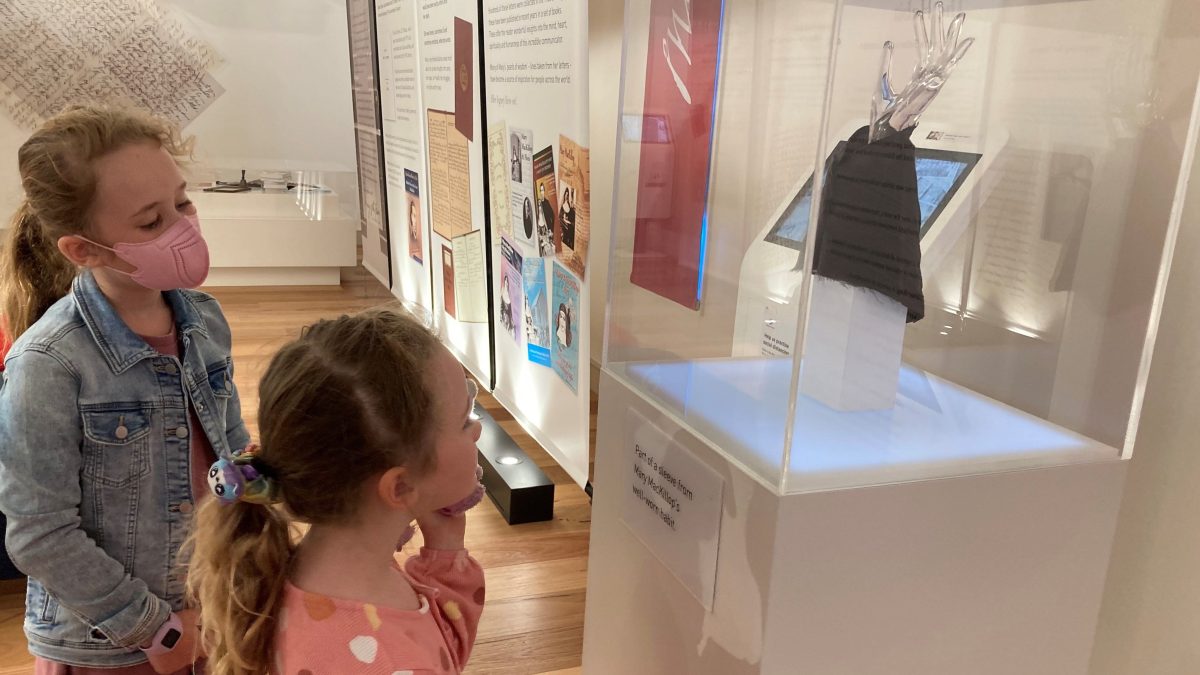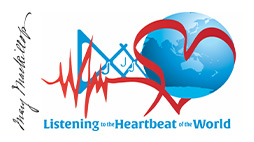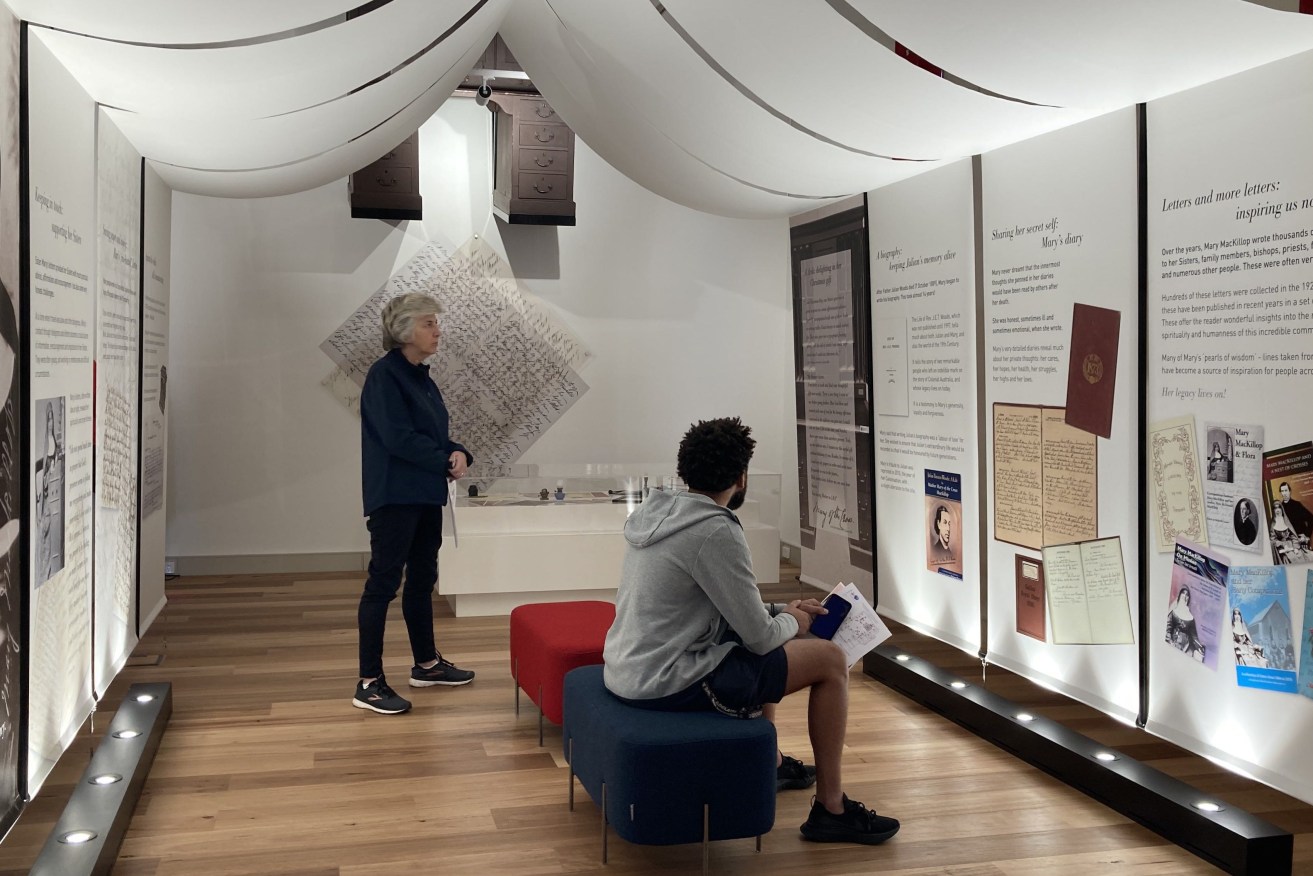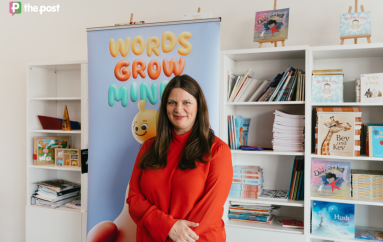Kensington in Adelaide’s east is home to a unique and contemporary museum that really should be on the must-visit list for every tourist and local.
The Mary MacKillop Museum is part of the Mary MacKillop Precinct, where she lived, worked and prayed for over a decade from 1872.
The museum offers insight into the challenges she faced in her work and life, alongside her significant achievements – and they read like a modern-day story of feminism and entrepreneurship.
Precinct site coordinator Mary Ryan summed it up as “a lifetime of drama” but also as the story of a woman “full of hope and passion” in her calling to educate and serve the poor.
“From her childhood, she had a very what we would call now a dysfunctional family, with a dad who couldn’t provide for them. But his legacy was he was an educated man and he educated his children,” said Ryan.
“Mary’s language was impeccable. In her letters – and we’ve got the primary sources of her letters in her handwriting – there’s never a word misspelt, never a comma in the wrong place – punctuation perfect.”
Needing to help provide for her family, at eighteen MacKillop began working as a governess on a farming property in Penola.
There, she met Father Julian Tenison Woods and in 1866 they founded the Religious Order of the Sisters of Saint Joseph. From the first school they established in a disused Penola stable, their work expanded exponentially in both education and social welfare. The entire Catholic Education system in Australia is their legacy and there are currently over 400 schools ‘in the Josephite tradition’, which means they were established by Mary’s Sisters.
Ryan explained this achievement. “Mary’s philosophy was that every child should have a chance to be educated in order to improve their lot in life. She understood that because of the poverty where she grew up, and she recognised that education was a way of helping people escape it.”
“When she was trying to start up the congregation, she had a lot of opposition from people and there were all kinds of influences at stake,” said Ryan.
“There were racial tensions coming from the old country, between English, Irish, Scottish.
“There was also the sense of ‘women can’t do these things’ … it was reflective of the attitudes towards women of the time. So, there was a lot of opposition, a lot of obstacles.
“She was falsely thrown out of church – we call this excommunication – and there were lots of trumped up reasons for that.
“She was accused of insubordination. That was the main thing. But there was a lot of political stuff going on with the with the priests and the hierarchy of the church.”
Regardless, MacKillop persevered in her mission to provide free education with a religious component; any government-provided education of the time was secular.
“This story is not just for Catholics. It is an Australian story. It’s really about the contribution of Mary and the pioneering sisters.
“The core group of the first sisters were young, educated governesses. When other young women wanted to join, and if they weren’t educated, Mary herself took them under their wing and educated them, so they in turn could teach children.”
The stories of ten of those sisters are told in the museum’s self-guided, interactive tour, with audio, touchscreens and QR codes taking visitors on each journey.
Bookings are recommended for large groups and there is also an award-winning café on-site.
Volunteers are nearby to answer questions and assist with technology. They are also on hand to turn on and off the lights on an artist’s proof of a bronze bust of MacKillop, which appears to break into a smile when the light changes.
Ryan noted that the casting by local artist, Judith Rolevink “is a big attraction. Had we known it was going to become a feature, we might have had it wired differently”.
The museum won the 2022 Eastside Business Award for Best Arts & Culture / Entertainment Experience.

Ryan is, understandably, a huge fan of MacKillop.
“She had a heart as big as herself as far as forgiving. She could have remained a victim. But she just got up. She made choices to forgive, to start again, to give people the benefit of the doubt, to see the goodness in people.
“And in doing so she somehow rose above all the awful things that happened to her and inspired others to do the same.
“One of our board members, who is a historian too, keeps saying, ‘What 24-year-old woman has started an organisation that has lasted for almost 160 years and has gone international?’
“I mean, that’s her legacy.”
Learn more at the Mary MacKillop Museum website.






